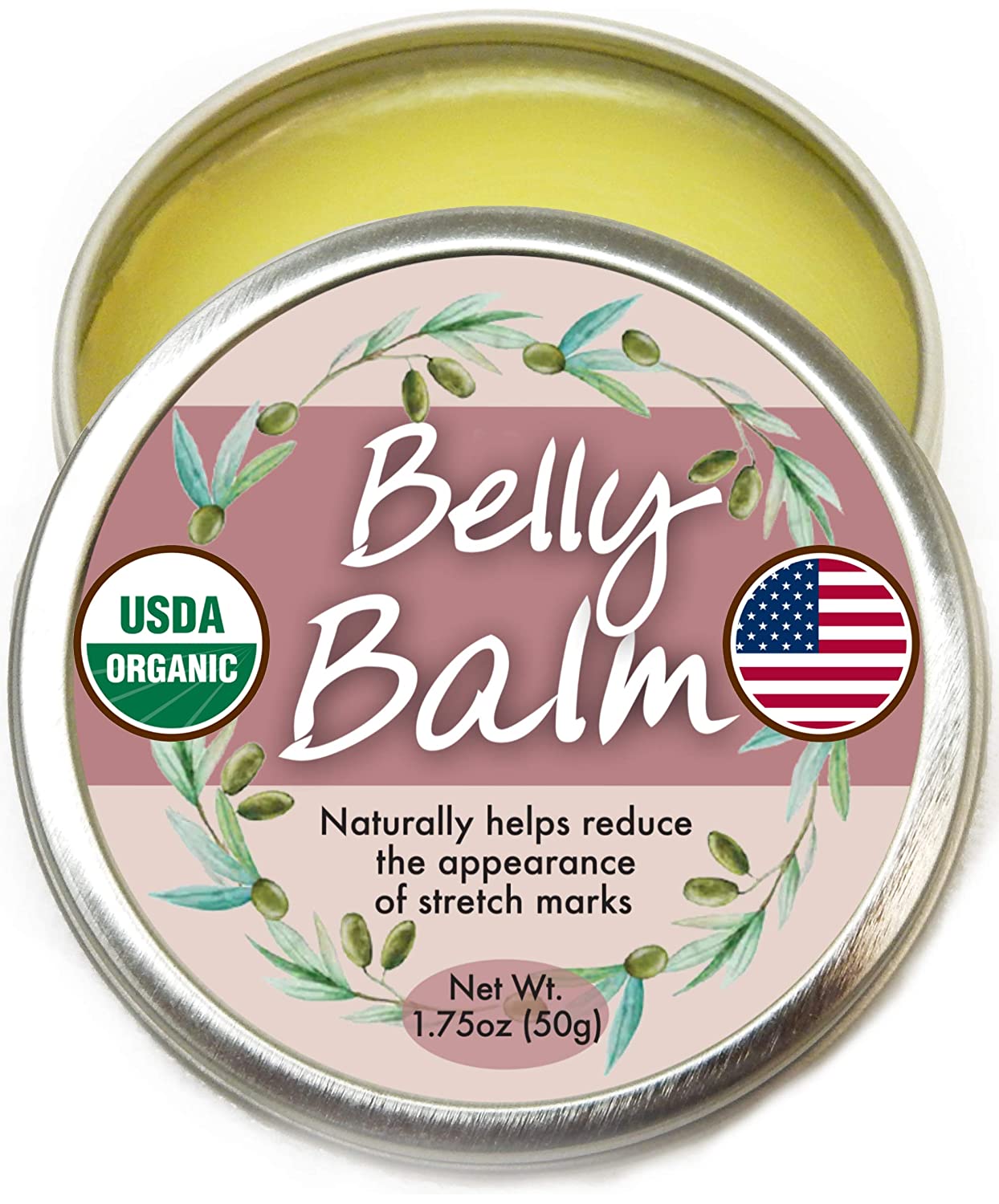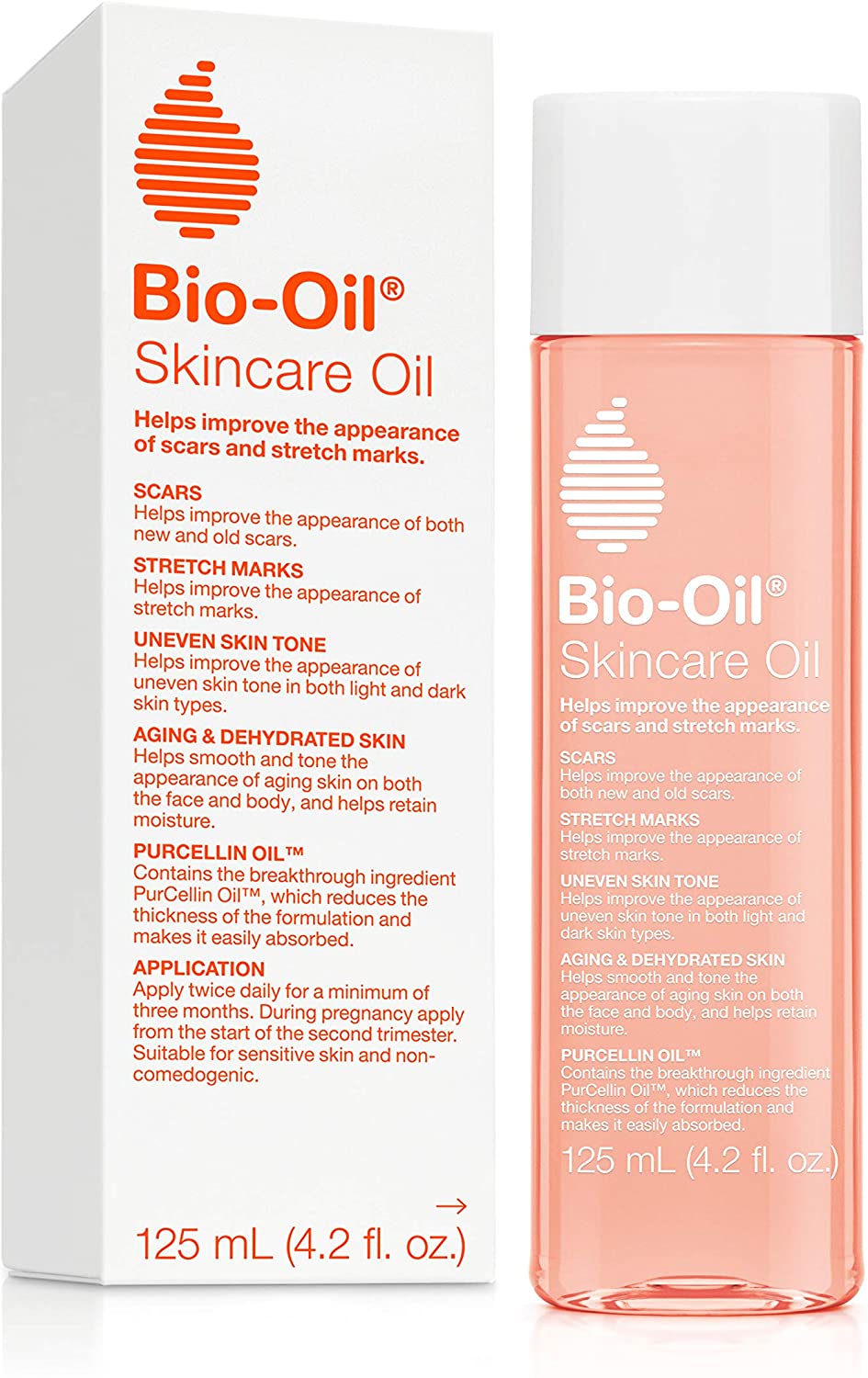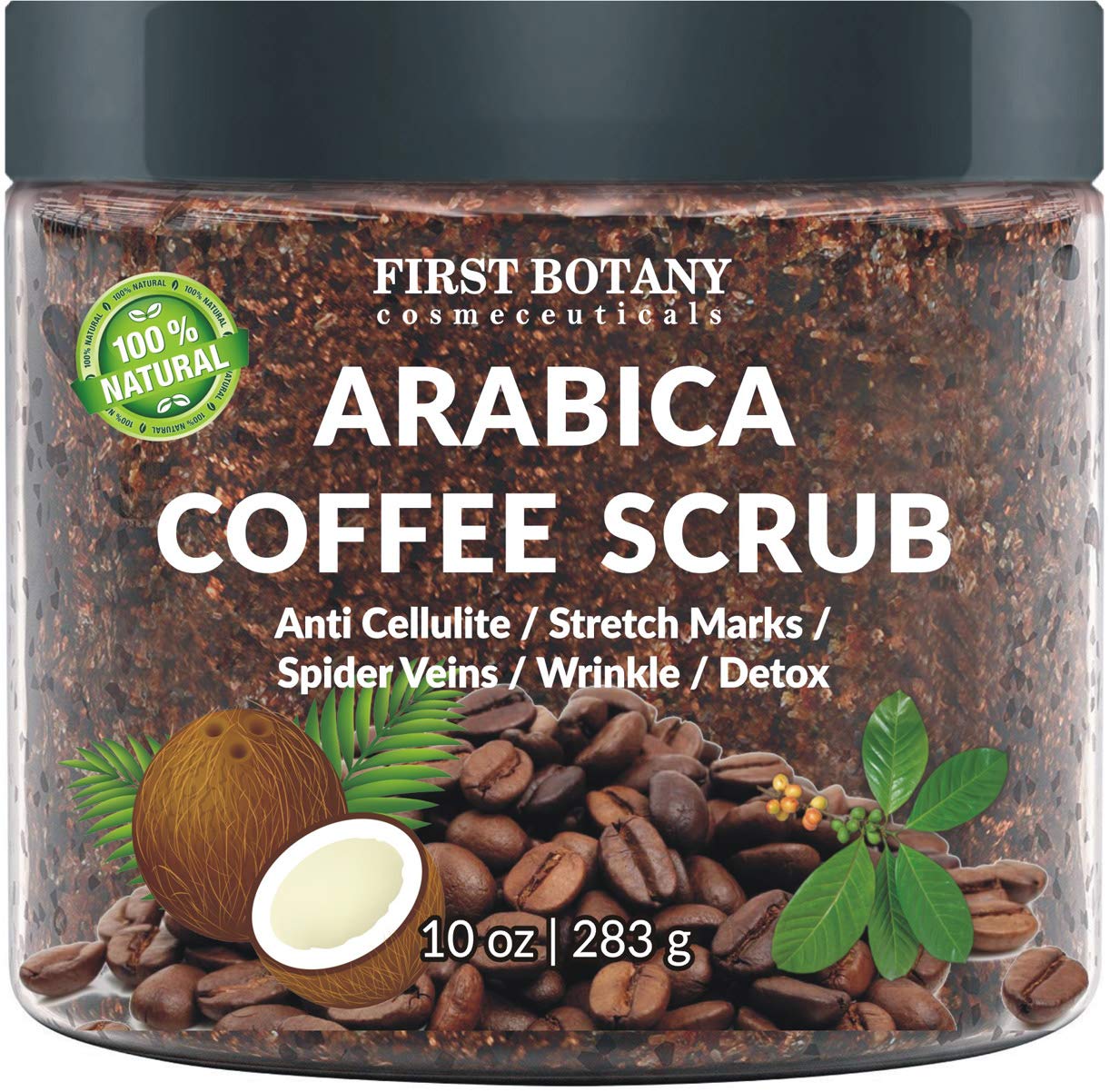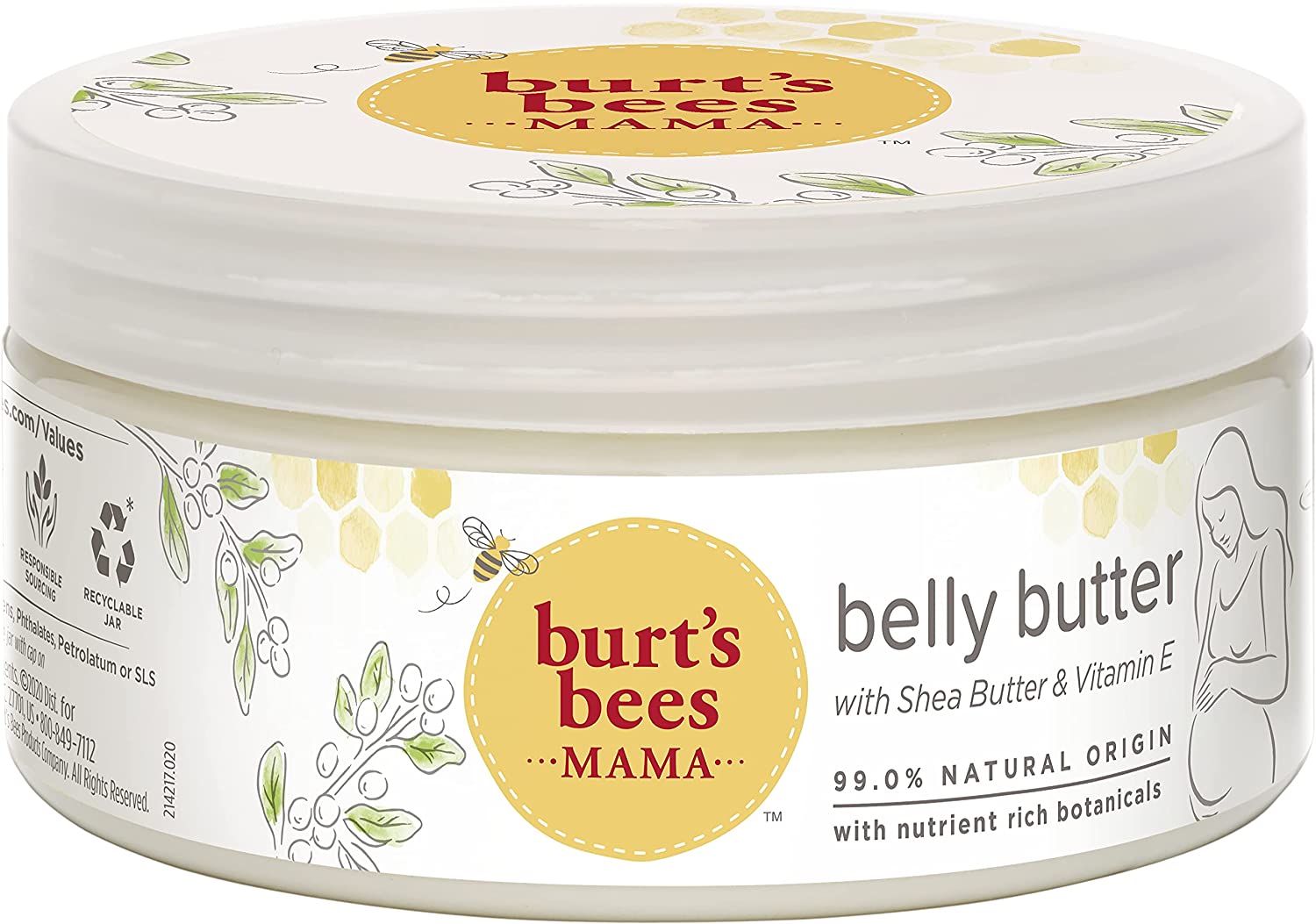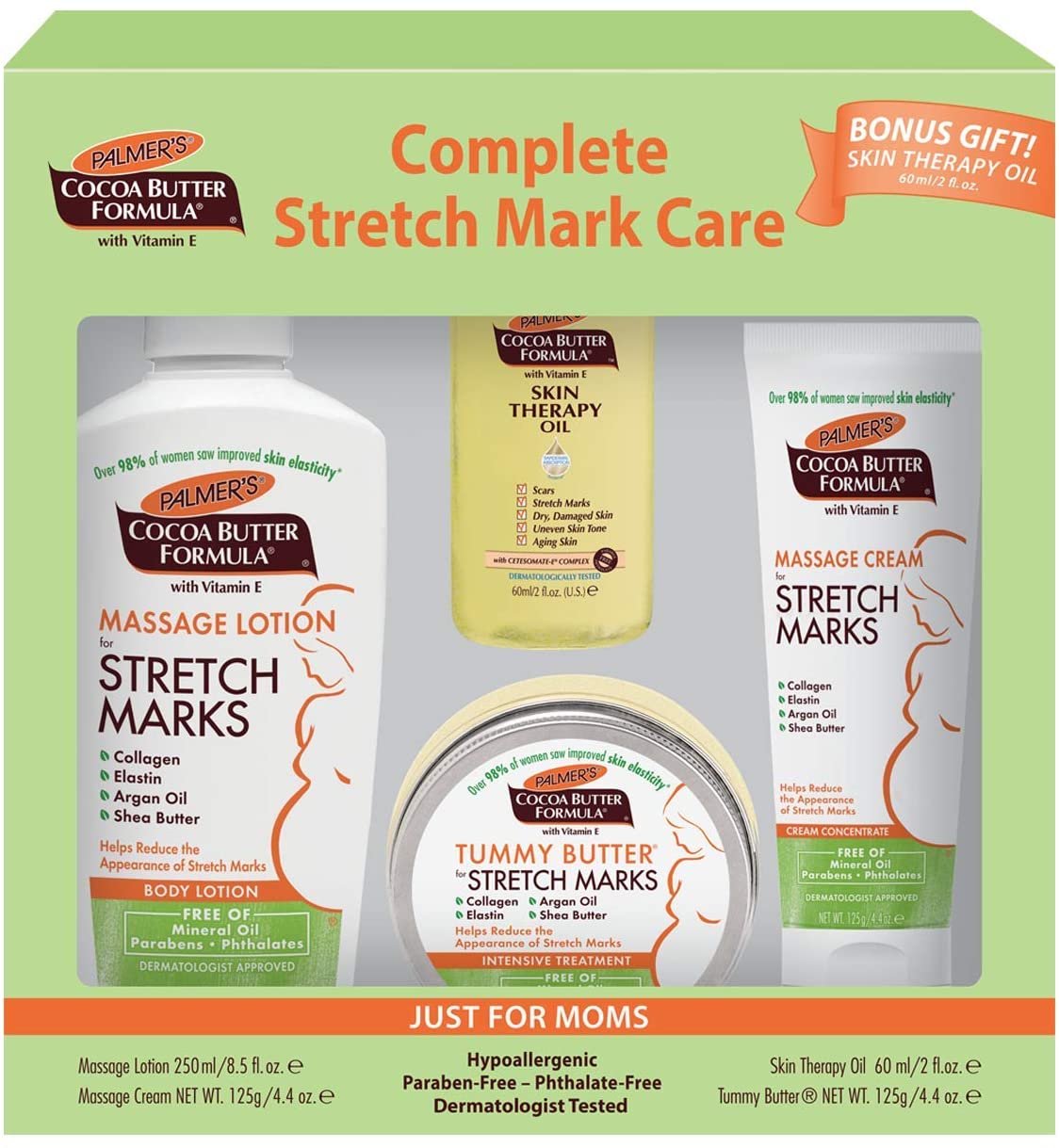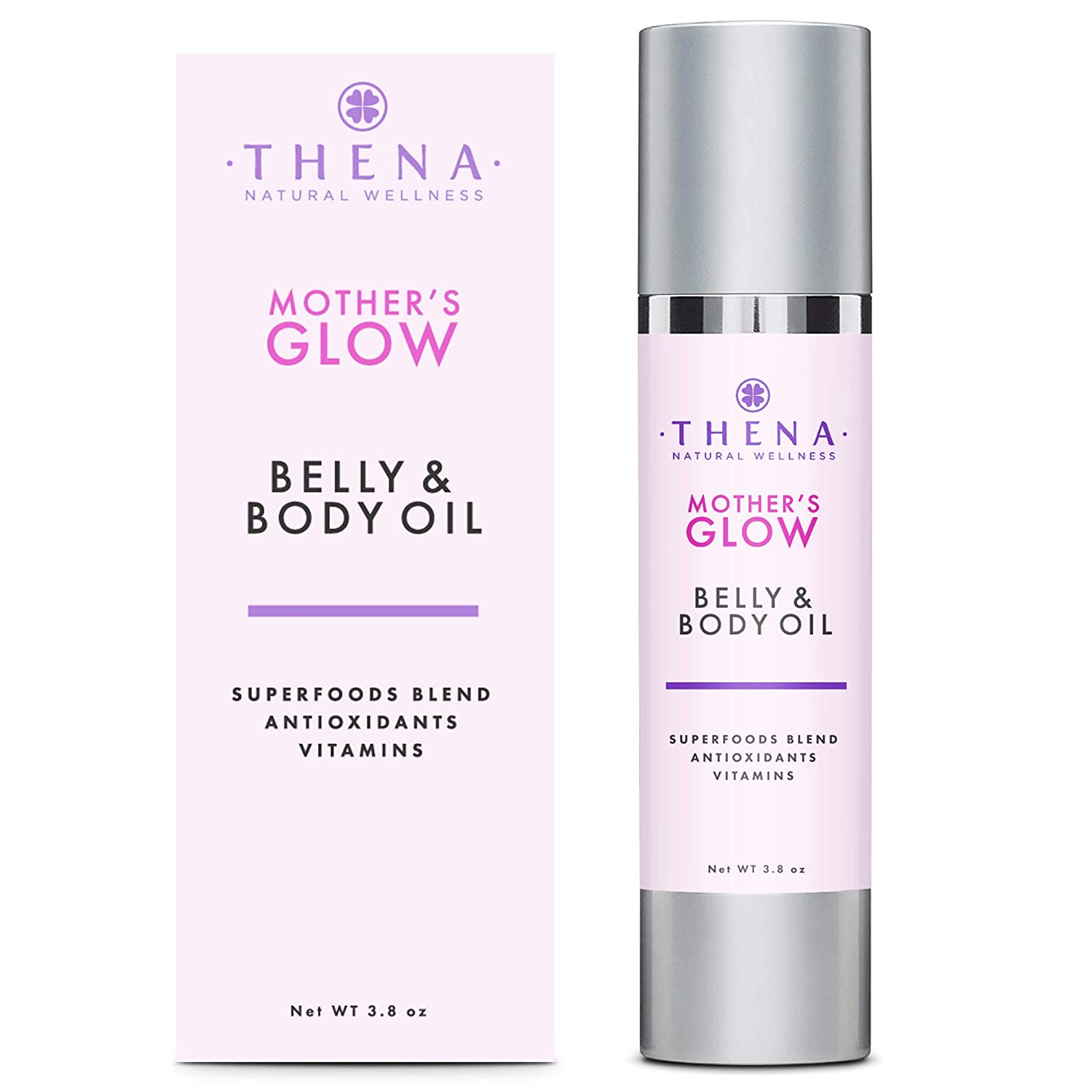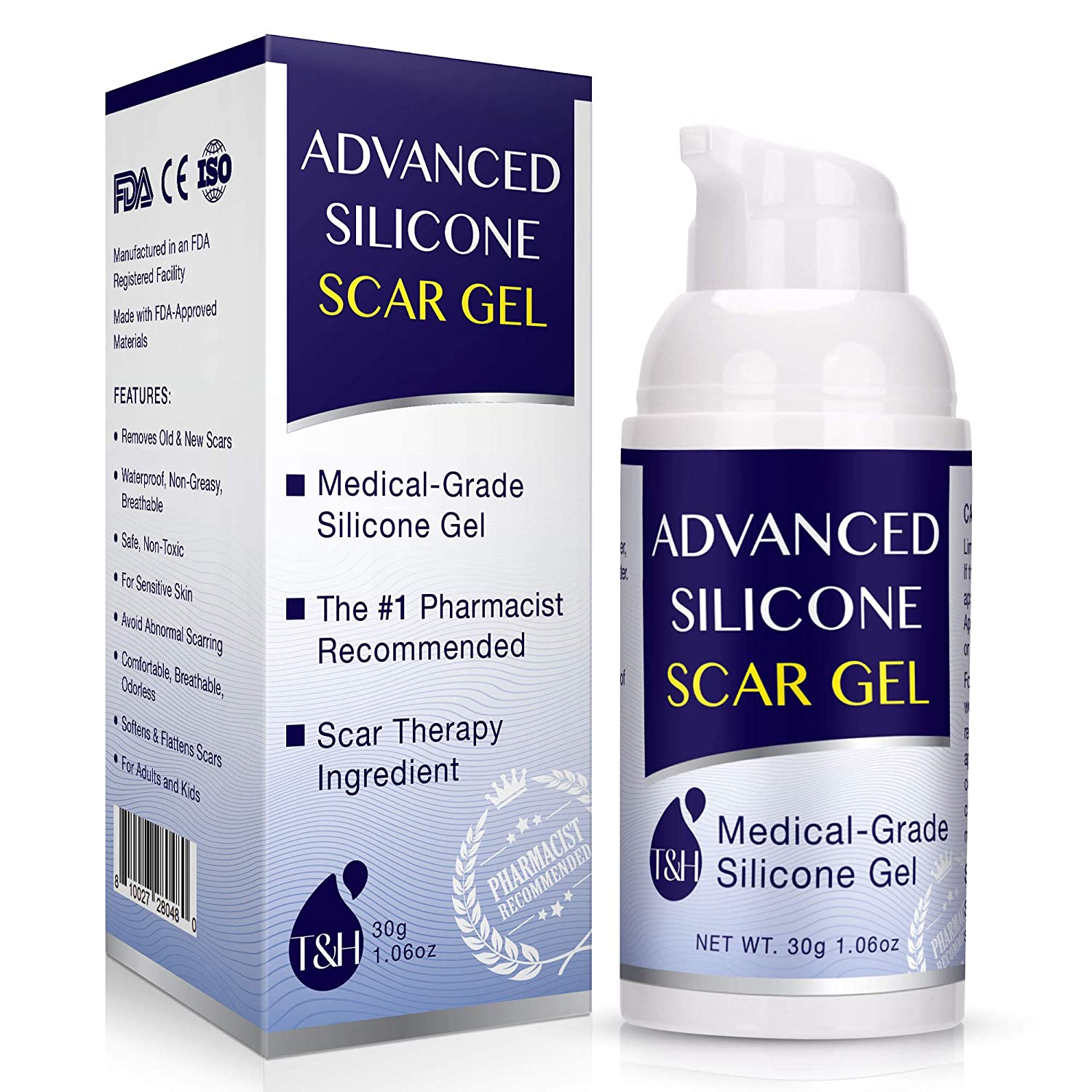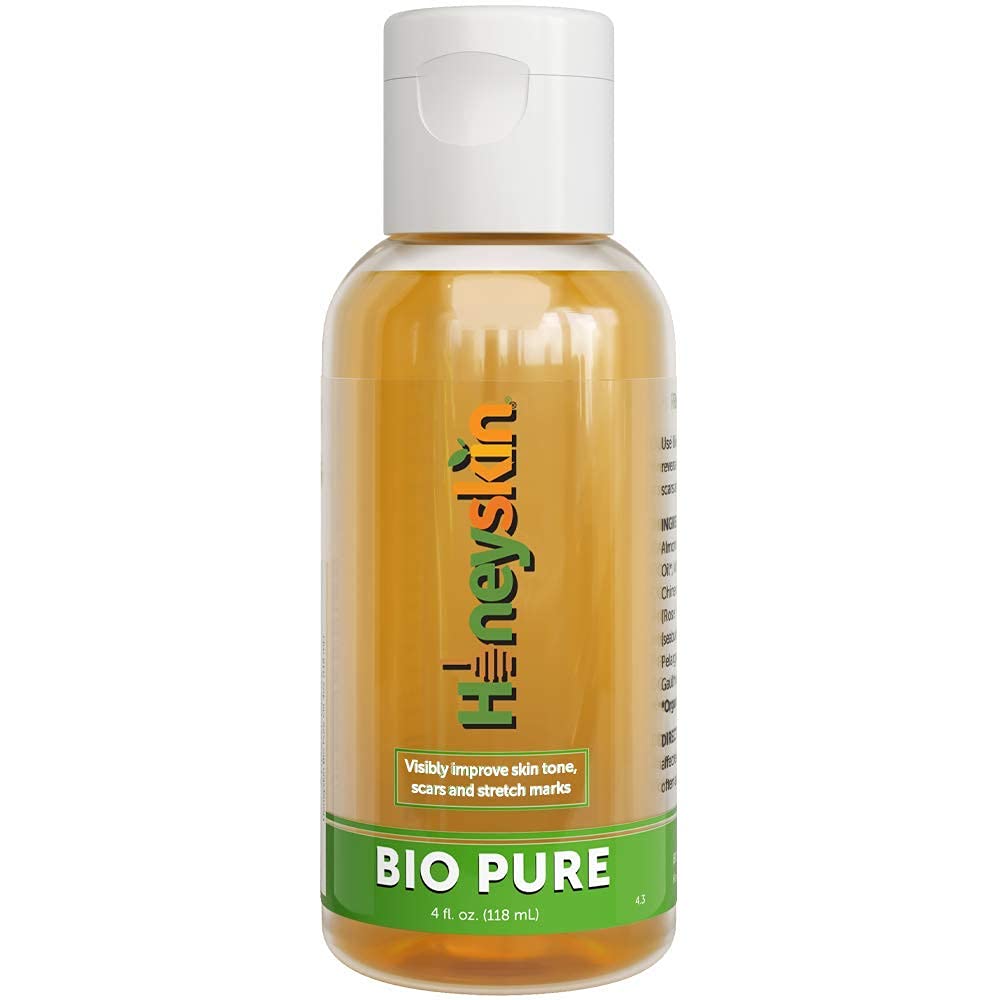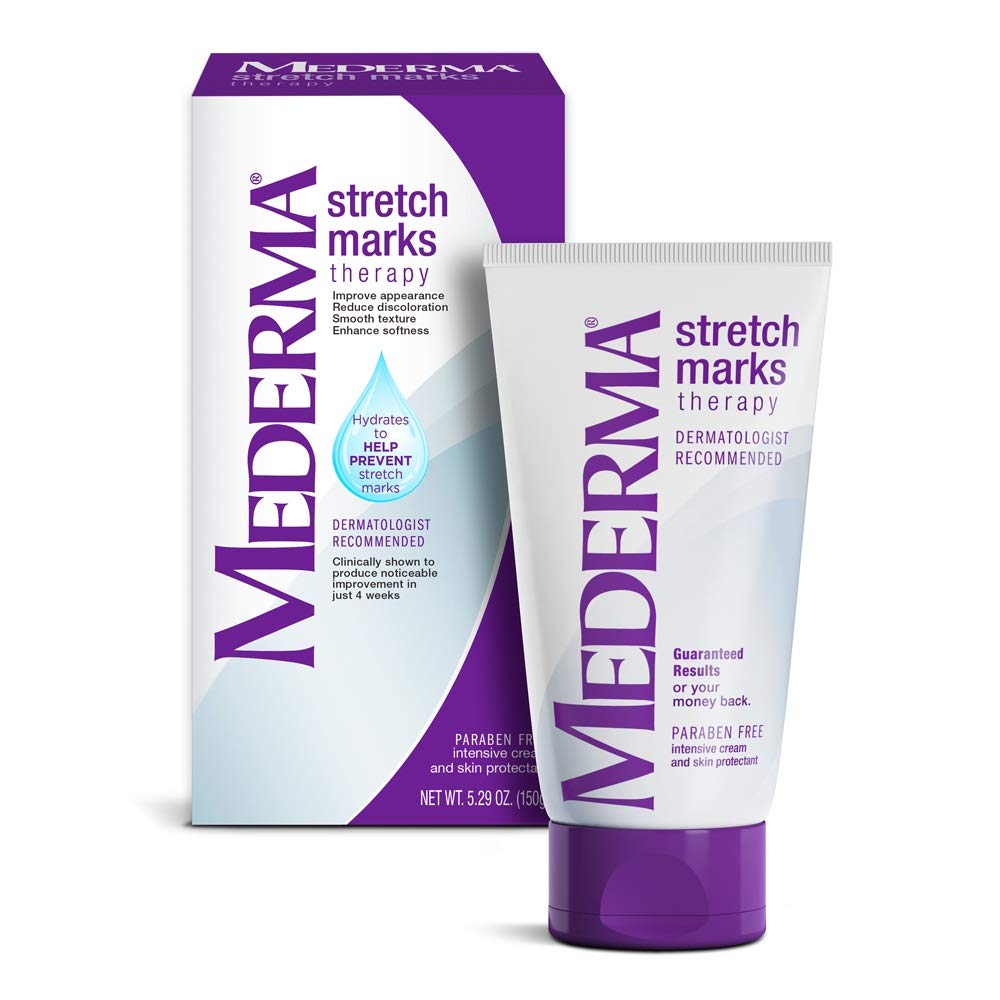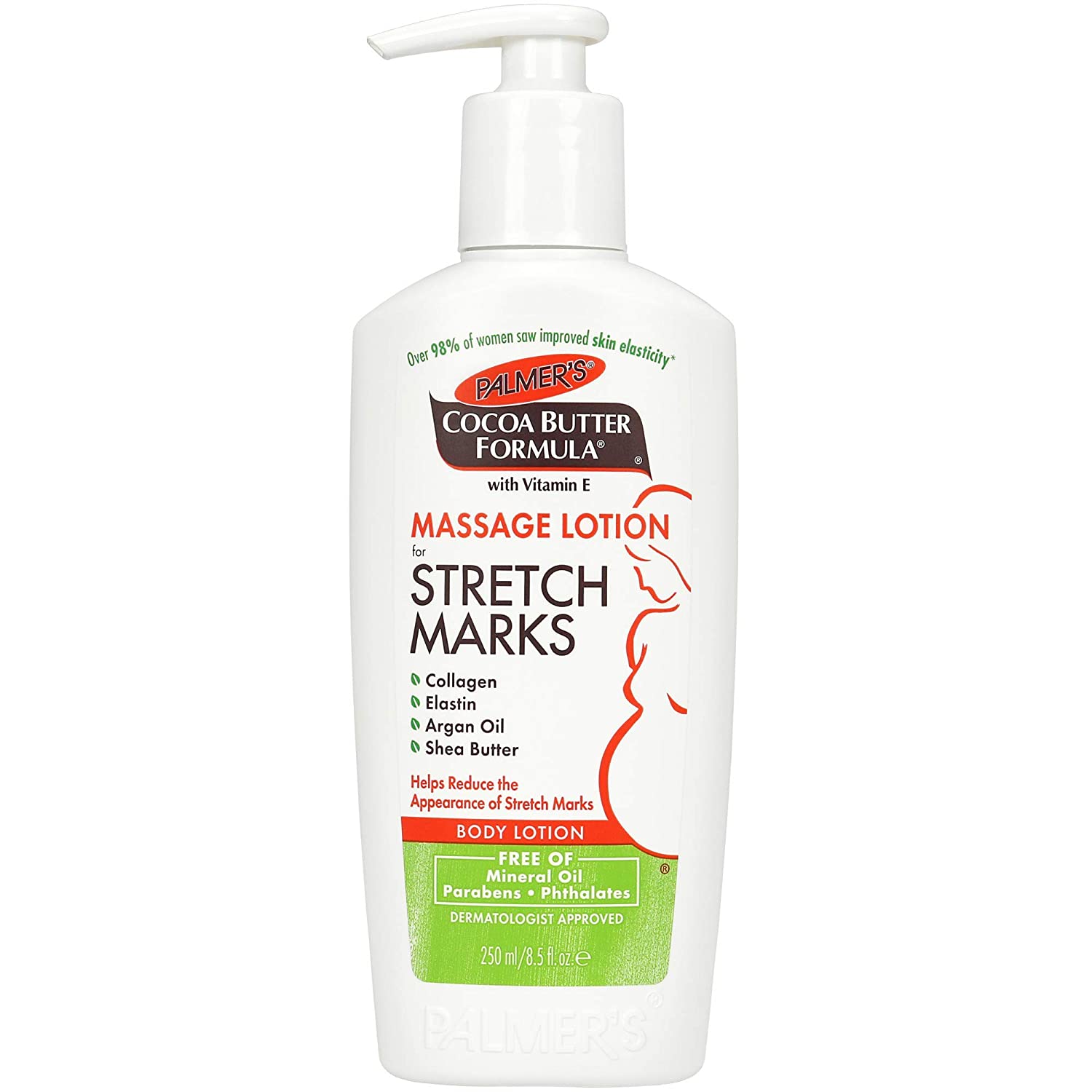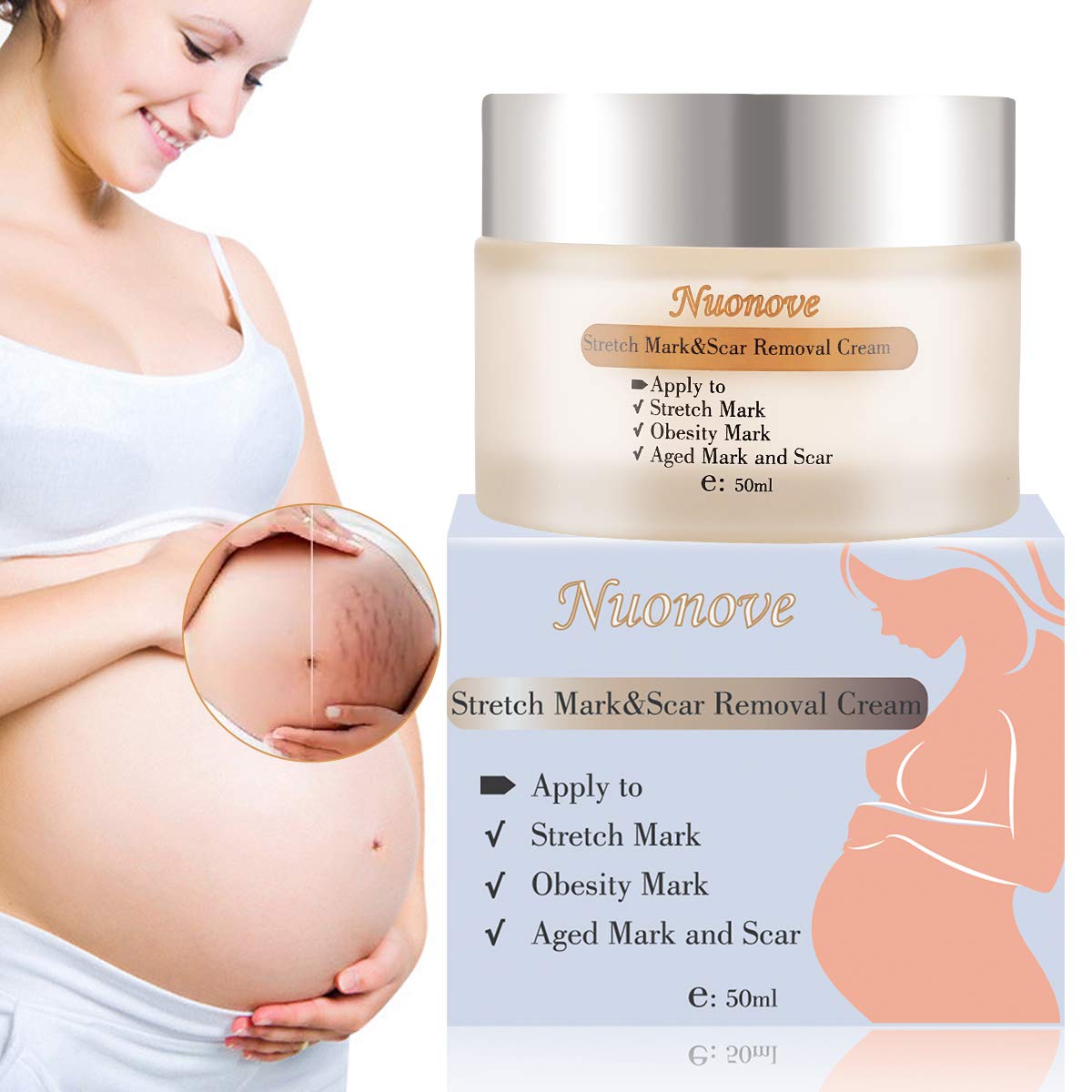Barker Goods USDA Organic Belly Balm
Last updated: June 10, 2021
This stretch mark product is ideal for those with softer, more sensitive skin. The combination of natural ingredients is safe for most anyone and does not carry on off-putting scent. It's designed to both smooth and moisturize skin.
We looked at the top Stretch Mark Products and dug through the reviews from some of the most popular review sites. Through this analysis, we've determined the best Stretch Mark Product you should buy.
Product Details
Key Takeaway: This stretch mark product is great for mothers with sensitive skin.
In our analysis of 15 expert reviews, the Barker Goods USDA Organic Belly Balm placed 5th when we looked at the top 12 products in the category. For the full ranking, see below.From The Manufacturer
Unlike products that contain harmful additives like lanolin, petroleum and alcohol by-products, Barker Goods’ organic Belly Balm is made from a custom blend of 5 safe and natural ingredients to create an even more effective balm. Designed specifically for before and after pregnancy to safely and effectively moisturize your belly and skin stretch. Fragrance-free and non-irritating.
